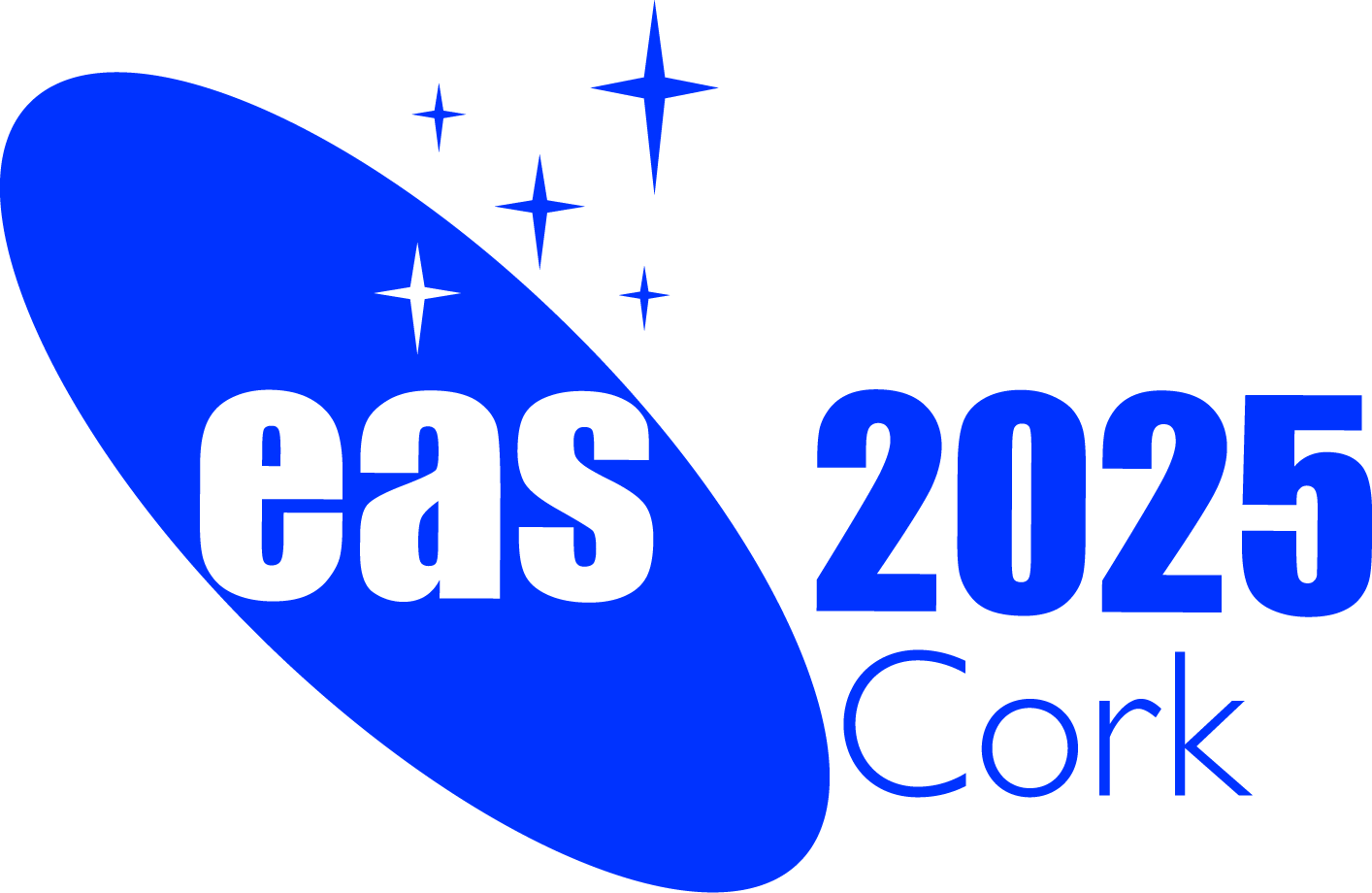
|
Symposium S7
23-24 June 2025
Novel probes for dark matter on galactic scales
The number of known stellar substructures and tidal streams in the Local Group has surged dramatically in recent years, thanks to automated wide-field surveys (e.g., SDSS, DES, HSC-SSP) and the Gaia mission. This unprecedented wealth of data offers a promising laboratory for testing various dark matter theories. However, it also presents a series of new challenges and questions:
And looking ahead,
During this two day symposium, organized into six sessions covering simulations, theory, and observations, we aim to address these questions and challenges. We will review the observational and numerical tools currently at our disposal and outline what is needed in the near future to make the best use of the available and forthcoming data. Programme
The symposium consists of six separate sessions with focus topic as follows:
Invited speakers
Scientific organisers
Contact You can reach out to the organizers of the "Novel probes for dark matter on galactic scales" symposium at darkmatter2025 @ cmu.edu Updated on Mon Feb 17 15:46:04 CET 2025
|
||||||||
|
European Astronomical Society |
|||||||||
 A power cut will shut down all EAS services on Tuesday, 10 January 2017 starting at 7:30 CET.
A power cut will shut down all EAS services on Tuesday, 10 January 2017 starting at 7:30 CET.

